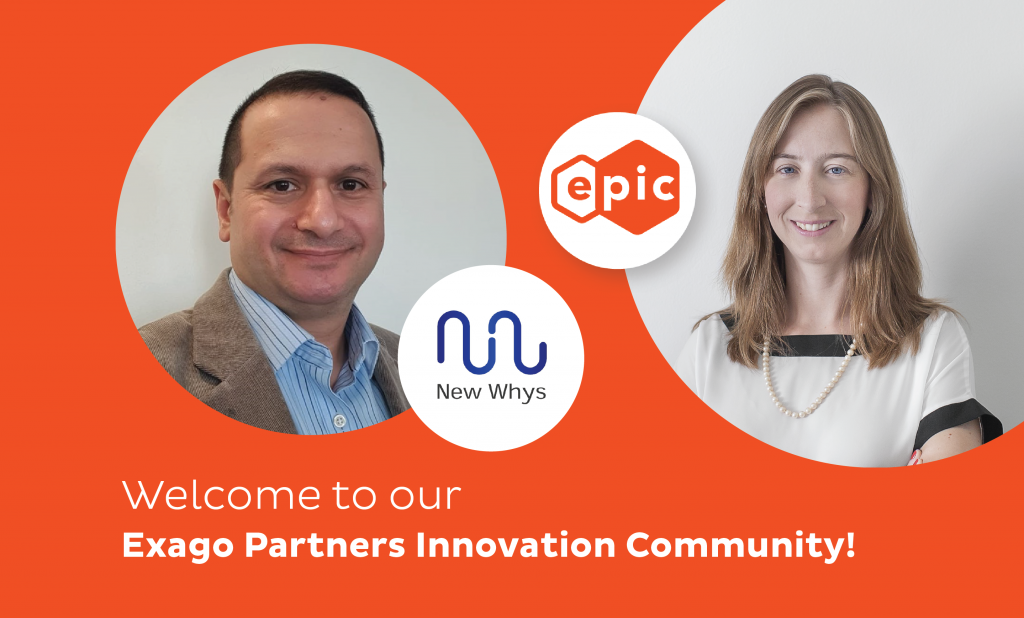Nike’s goal is ‘to bring inspiration and innovation to every athlete in the world’. Starbuck’s motto is ‘to inspire and nurture the human spirit – one person, one cup and one neighbourhood at a time’. What is your company’s mission? And how does your initiative take part in carrying it out?
At the end of the day, it all comes down to purpose. When launching your innovation initiative, you must first clearly identify what is your higher strategic purpose – the one that will bind together your leadership, management and employees.
From our experience, getting key players inside your organisation aligned is hard, requiring diplomatic and pragmatic skills. When launching your innovation effort, you must also find a way to communicate that the initiative is bigger than just a simple project with a set of processes and tools. Individual employees need a meaningful purpose to motivate them to dedicate their free time to activities that are not part of their official job description.
You thus need to follow up on, and build on, your organisation’s mission. Define a purpose for your innovation effort and identify ‘the jobs-to-be-done’ through innovation. Show your team that this is an opportunity to shape the company’s future, to out-differentiate the competition.
Whether you seek to apply innovation management to meeting very explicit business challenges or to creating a company-wide culture and capabilities, ask yourself, ‘What do we want to change?’ Understanding your ambitions helps you define a migration path, set your expectations, get the challenges right and allocate resources more rationally.
Your challenges thus have to be aligned with your company’s higher purpose and the strategic objectives you set. You should also define clearly what you want to accomplish and why, as well as the specific needs your chosen challenges address.
Try these ativation questions:
- Why are we doing this?
- What do we want to change in our organisation?
- What are our organisation’s specific needs that are addressed by this challenge, and how can people relate to them? (Focus on the problem, on defining its scope instead of jumping to a solution.)
- What is the desired outcome? (Understand the perspectives of customers, stakeholders and other beneficiaries. This should be addressed qualitatively and quantitatively whenever possible.)
- How does this connect with our company’s mission? And with more strategic goals?
We will next see the importance of picking useful and feasible fights, when launching your innovation challenges.
Diana Neves de Carvalho, Exago’s CEO/ dnc@exago.com
Francisco Bernardes, Exago’s head of Innovation Services/ fmb@exago.com
READ MORE:
How to pick useful and feasible ‘fights’ for innovation challenges
FROM THE START:
Your ultimate innovation challenge – what works and what doesn’t











